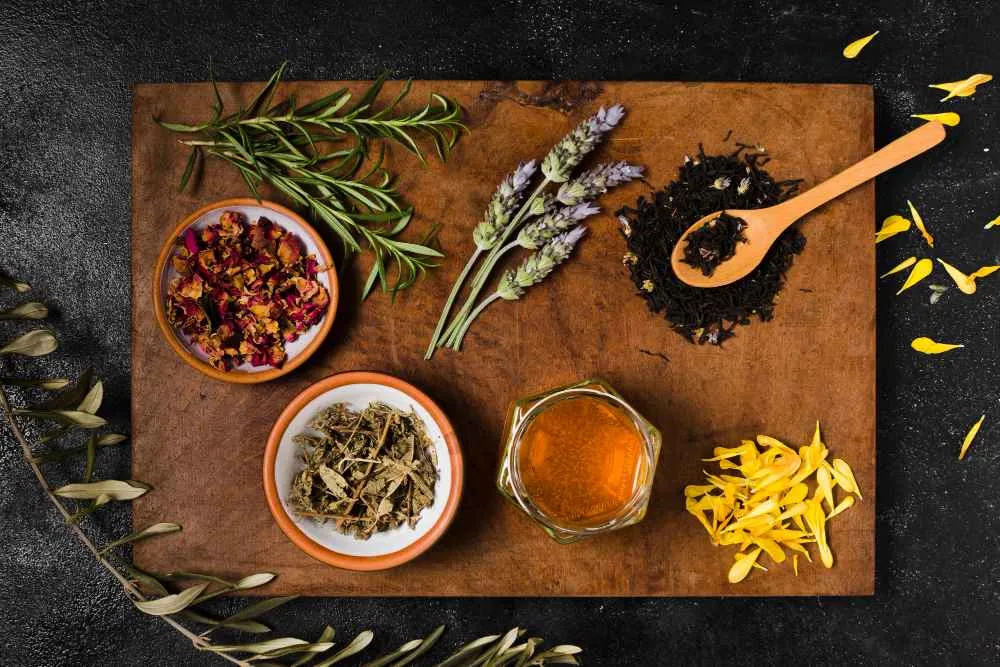Bloody stool with mucus may come from hemorrhoids, infections, IBD, or cancer. Early diagnosis, lifestyle adjustments, and medical care improve outcomes and reduce long-term risks. |
Imagine walking into the bathroom half awake, expecting nothing unusual, only to see something that makes your stomach drop. Streaks of red where they shouldn’t be. A glossy, jelly-like coating is clinging to the stool.
It’s the sort of image that sticks with you the rest of the day, nagging at the back of your mind. Bloody stool with mucus isn’t something to brush off or blame on last night’s dinner. Sometimes the cause is harmless, sometimes it isn’t, and knowing the difference matters.
What is Bloody Stool with Mucus?
The intestines normally produce mucus. It’s slick, clear, and helps the stool slide out without tearing. But when that mucus mixes with blood, something is irritating or damaging the digestive tract.
Community studies show that between 13% and 34% of people experience rectal bleeding at some point. Sometimes it’s small problems like hemorrhoids. Sometimes it’s serious. Either way, bloody stool with mucus should push you to pay attention.
Sometimes the blood is bright, almost like paint on tissue. Other times, it’s darker, clumpy, jelly-like. Both matter. People often report blood in stool but no pain, which throws them off. Pain doesn’t always show up, even when the condition is dangerous. Think of it like a car engine leaking oil quietly; by the time you notice, damage may already be underway.
What are the Causes of Bloody Stool with Mucus?
Several different conditions can lead to stool with blood and mucus. Some are mild, and some require immediate medical care.
1. Hemorrhoids and Anal Fissures
Hemorrhoids are swollen veins around the anus that burst and bleed with straining. The blood is bright red and fresh. Anal fissures, tiny tears in the lining, do the same. Passing hard stool feels like scraping sandpaper, resulting in blood streaks and sometimes mucus.
Patients usually describe sharp, stinging pain. It lingers after bowel movements, making every trip to the bathroom stressful.
2. Inflammatory Bowel Disease (IBD) – Crohn’s Disease and Ulcerative Colitis
Crohn’s and ulcerative colitis are chronic. They inflame the bowel lining, producing diarrhea mixed with blood and mucus. Crohn’s can attack anywhere from the mouth to the anus. Ulcerative colitis stays mostly in the colon.
Both drain the body of energy. People describe fatigue that feels like wading through mud. Weight loss comes next, not from dieting but because the gut simply doesn’t absorb nutrients well.
3. Gastrointestinal Infections
Sometimes the cause is a bad meal. Food that seemed fine but wasn’t. Bacteria like Salmonella or Shigella infect the intestines, triggering cramps, fever, and mucus-streaked diarrhea. These infections move fast. The smell is foul, the urgency relentless, and dehydration hits quickly. Rectal bleeding with mucus becomes a sign that the infection isn’t mild.
4. Colorectal Polyps or Cancer
Polyps are small growths along the colon wall. Most are harmless. Some quietly bleed and produce mucus. Over time, a few turn into cancer. Colorectal cancer doesn’t shout in the beginning. It creeps in with subtle changes: persistent stool with blood and mucus, shifts in bathroom habits, fatigue you can’t explain. Screening matters here, because early detection changes outcomes.
5. Irritable Bowel Syndrome with Complications
IBS usually doesn’t bleed. But IBS flare-ups, alternating diarrhea and constipation, irritate the lining. Over time, that irritation leads to mucus and sometimes streaks of blood. Patients often describe unpredictable days, normal one morning and doubled over the next. IBS itself isn’t deadly, but the complications wear people down.
6. Other Rare Causes
Other causes exist, though less common. Bowel blockages. STDs that infect the rectum. Even radiation therapy side effects. These aren’t everyday conditions, but they do appear in blood in stool diagnosis when other explanations don’t fit.
Symptoms That May Accompany Bloody Stool with Mucus
This condition rarely arrives alone.
Abdominal cramps come first, sometimes sharp, sometimes a dull twisting pain. Urgency is another clue; you feel like you have to go, but little comes out. Fever and fatigue suggest infection.
Unexplained weight loss often means something chronic, like IBD or cancer. Patients sometimes say food doesn’t taste right or they feel full after just a few bites. Constipation that drags on, or diarrhea that won’t stop, also points toward digestive disorders with blood in stool.
When to See a Doctor Immediately
Waiting rarely helps. If blood and mucus show up once, you might hope it’s a fluke. But repeated episodes, heavy bleeding, or sudden changes in bathroom habits all need urgent attention. Even blood in stool, but no pain, can’t be brushed aside. Pain isn’t the measure here; frequency and persistence are.
Diagnosis of Bloody Stool with Mucus
Doctors approach this step by step.
History and exam: diet, habits, family records, symptoms.
Stool and blood tests: to look for infections, anemia, or inflammation.
Endoscopy or colonoscopy: direct viewing of the digestive tract.
Imaging: CT or MRI to check for tumors, abscesses, or obstructions.
This process helps sort out mucus and blood in stool without guessing.
Best Treatment Options for Bloody Stool with Mucus
1. Treating Hemorrhoids and Anal Conditions
Sitz baths, ointments, softer stools. That’s the frontline for hemorrhoids. Anal fissures respond to creams and stool softeners. In stubborn cases, minor surgical procedures bring relief.
2. Medications for IBD and Infections
IBD treatment may involve anti-inflammatory drugs, biologics, or immune suppression. Infections are treated differently: antibiotics for bacteria, rest and fluids for viruses. Hydration isn’t optional. Without it, stools harden, bleeding worsens, and recovery slows.
3. Dietary and Lifestyle Changes
Diet and habits matter. Fiber-rich foods soften stool. Probiotics like yogurt improve gut balance. Drinking water keeps things moving. Stress relief practices, yoga, meditation, and even a daily walk, ease flare-ups. Lifestyle changes are not a cure, but they reduce flare intensity.
Food Choices for Gut Health
Condition | Helpful Foods | Foods to Limit |
Hemorrhoids | Oats, spinach, apples | Spicy food, alcohol |
IBD | Lean meats, soft fruits | Dairy, fried food |
Infections | Bananas, rice, fluids | Street food, raw meat |
General Health | Whole grains, probiotics | Processed foods, soda |
4. Surgery for Severe Cases
When conservative care fails, surgery is necessary. Large polyps, cancer, or fistulas may require removal. Some patients undergo ostomy surgery, which involves rerouting waste through a small abdominal opening. It sounds intimidating, but for many, it restores comfort and extends life.
5. Home Remedies and Prevention Tips
At home, prevention keeps symptoms under control. Drink water regularly. Add natural fiber through vegetables and grains. Keep meals balanced. Move often, sedentary days slow digestion. And never underestimate stress management. Calm mind, calmer gut.
Conclusion
Bloody stool with mucus is unsettling. Sometimes it’s from hemorrhoids, sometimes from infections, sometimes from cancer.
The point is not to guess. Understanding the causes of mucus in stool, the symptoms of bloody stool with mucus, and seeking blood in stool makes treatment more effective. Quick care also prevents complications.
Frequently Asked Questions
Can dehydration make bloody stool with mucus worse?
Yes. Dehydration hardens stool, increasing the risk of fissures and bleeding. Drinking enough water helps keep stool soft and less damaging.
Does spicy food cause blood in stool?
It can. Spicy food irritates hemorrhoids and fissures. For people already sensitive, that irritation leads to streaks of blood with mucus.
Do children get this condition?
They do. Kids develop it from infections, intolerances, or small fissures. Because children decline quickly, medical care is recommended even for mild cases.
How do doctors decide between colonoscopy and imaging?
Colonoscopy gives a direct view inside the colon. Imaging like CT or MRI is used when blockages or tumors outside the colon need investigation.
Can stress alone explain mucus in stool?
Stress doesn’t cause bleeding by itself, but it worsens IBS and IBD flare-ups. Those flares increase mucus production and sometimes trigger blood.
Reviewed by







